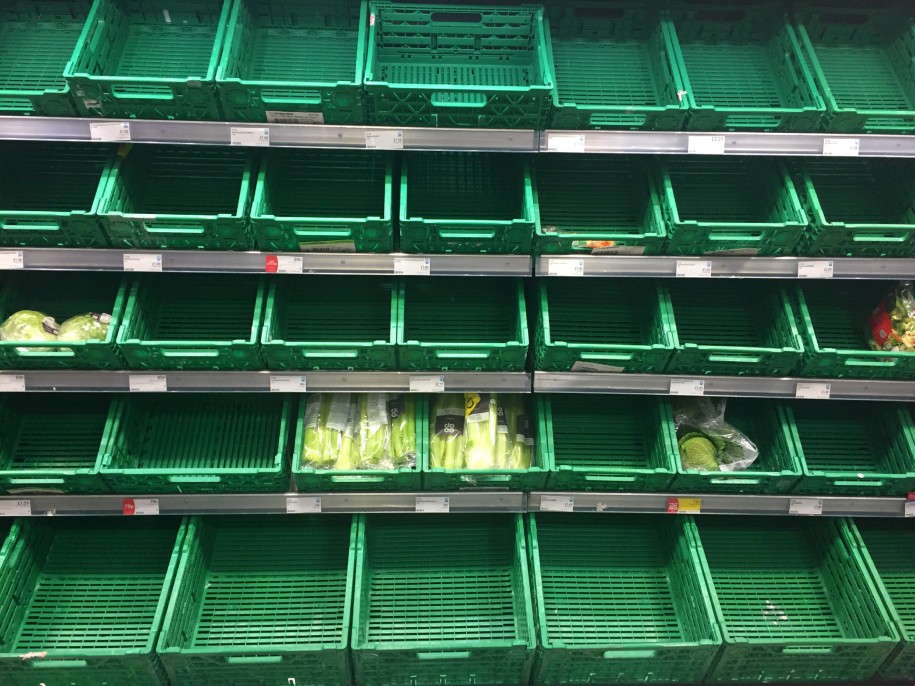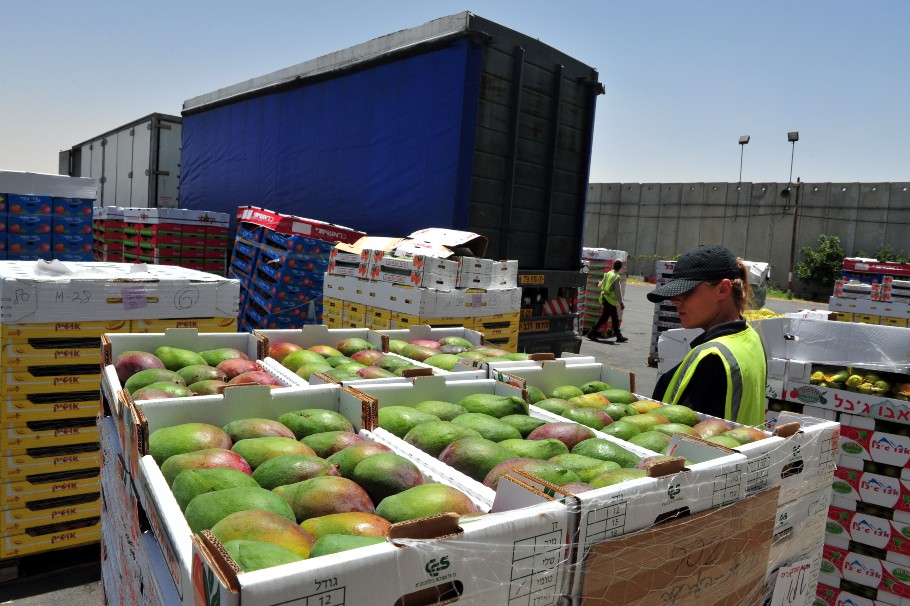Investing In CRISPR, The First Programmable Antimicrobial
Suzanne Osborne
The name Salmonella seems synonymous with food poisoning. But, of the 2,600 Salmonella subtypes, only 50 can cause illness in humans. If 98% of these bacteria are completely harmless, why do we treat them the same as dangerous pathogens?
For over 80 years, the food industry has used antibiotics along with other disinfectants to eliminate bacteria and ensure food safety. Antibiotics are broad spectrum antimicrobials; they wipe out both harmless and dangerous bacteria indiscriminately. This blanket approach to food safety is not without its consequences: destroying natural microbiotas in humans and food animals, impacting natural ecosystems, and driving the emergence of antibiotic resistance. What we need is antimicrobials that can discriminate between good and bad bacteria. Until recently, we lacked the technology to do this.
In 2007, researchers discovered that bacteria have their own immune system which they called CRISPR. CRISPR, and it’s associated Cas proteins, recognize and destroy foreign genetic material. Scientists have re-engineered this native system; delivering Cas proteins designed to recognize, not foreign genetic material, but the bacteria’s own DNA. The bacteria’s immune system is then turned against itself and the primary outcome of this self-targeting is bacterial death. By modifying which genetic signatures are recognized, CRISPR-Cas has become the first programmable antimicrobial.
If 98% of these bacteria are completely harmless, why do we treat them the same as dangerous pathogens?
Bacteria must have certain genetic elements to cause disease in humans. These normally include toxins and their delivery systems (collectively called virulence factors). By programming CRISPR-Cas to recognize genes for virulence factors, this technology would effectively eradicate dangerous pathogens while leaving harmless bacteria alone. In 2013, a research team from North Carolina State University used CRISPR-Cas to remove E. coli from a mixed bacterial population. They saw a 100,000-fold reduction in E. coli by using this technology. The same group was later able to use CRISPR-Cas to separate two E. coli substrains that were 99.9% genetically identical, highlighting the extent of specificity CRISPR-Cas can offer. CRISPR-Cas has been used successfully in the laboratory to target the virulence factor in E. coli O157:H7, leading to the specific elimination of this infamous foodborne pathogen. Others have targeted antibiotic resistance genes to effectively re-sensitive bacterial populations to antibiotics.
Despite its overwhelming potential, there are no commercial launches for CRISPR biotechnology in the food industry. Although there remains some technical challenges, most notably delivery systems, the main hurdle for implementing CRISPR in the food industry is financial. According to Dr. Rodolphe Barrangou; researcher and co-founder of the CRISPR-based biotechnology company, Locus Biosciences, “There is bona fide potential [for use in the food industry], but leaders in the field are pursuing other applications. [CRISPR technology is] more lucrative…in the therapeutics space…Despite the potential, I anticipate some lag in [the food safety] realm.”
Bringing CRISPR technology to the food safety sector will likely require interest and investment from food industry leaders. “I do think the primary constraint is the economics,” says Barrangou, “especially when you compare the upside of therapeutics, which is incentivizing focus on human applications.”
There are alternative applications of CRISPR-Cas technology that could be of interest to the food industry as well. It can be used to tag, but not kill, bacteria of interest. It has also been used to genotype bacteria, offering additional discriminatory power when tracking outbreaks. Starter cultures can also be manipulated and improved.
CRISPR has the potential to be applied across multiple steps in the food supply chain; including on-farm management, processing, distribution, and retail. CRISPR represents the next generation in food safety technology: the first programmable antimicrobial. However, investment in its development will likely need to come from food industry leaders themselves.
About the Author:
Dr. Suzanne Osborne’s expertise is in the field of host-pathogen interactions and food borne bacteria. She obtained her doctoral degree at McMaster University and worked as a Research Fellow at the Hospital for Sick Children (Toronto). She has received numerous awards for her research. Suzanne currently does freelance science writing and grant writing. She is a regular contributor to GFSR.

-
 FeaturedRisk management
The Cost of a Breach: What a Cyberattack Could Mean for Food Safety Recalls
FeaturedRisk management
The Cost of a Breach: What a Cyberattack Could Mean for Food Safety Recalls
-
 FeaturedRisk management
Securing the Food Chain: How ISO/IEC 27001 Strengthens Cybersecurity
FeaturedRisk management
Securing the Food Chain: How ISO/IEC 27001 Strengthens Cybersecurity
-
 FeaturedRisk management
Revolutionizing Food Safety Training: Breaking Out of the “Check-the-Box” Mentality
FeaturedRisk management
Revolutionizing Food Safety Training: Breaking Out of the “Check-the-Box” Mentality
-
 GFSI Standards
GFSI 2025: Building Trust, Tech-Forward Solutions, and Global Unity in Food Safety
GFSI Standards
GFSI 2025: Building Trust, Tech-Forward Solutions, and Global Unity in Food Safety
-
 FeaturedFood Safety
Integrated Pest Management: Strategies to Protect Your Brand’s Reputation
FeaturedFood Safety
Integrated Pest Management: Strategies to Protect Your Brand’s Reputation
-
 FeaturedFood Safety Culture & Training
No Open Door Policy: Challenges That Impact Pest Control in Food Processing Plants
FeaturedFood Safety Culture & Training
No Open Door Policy: Challenges That Impact Pest Control in Food Processing Plants




